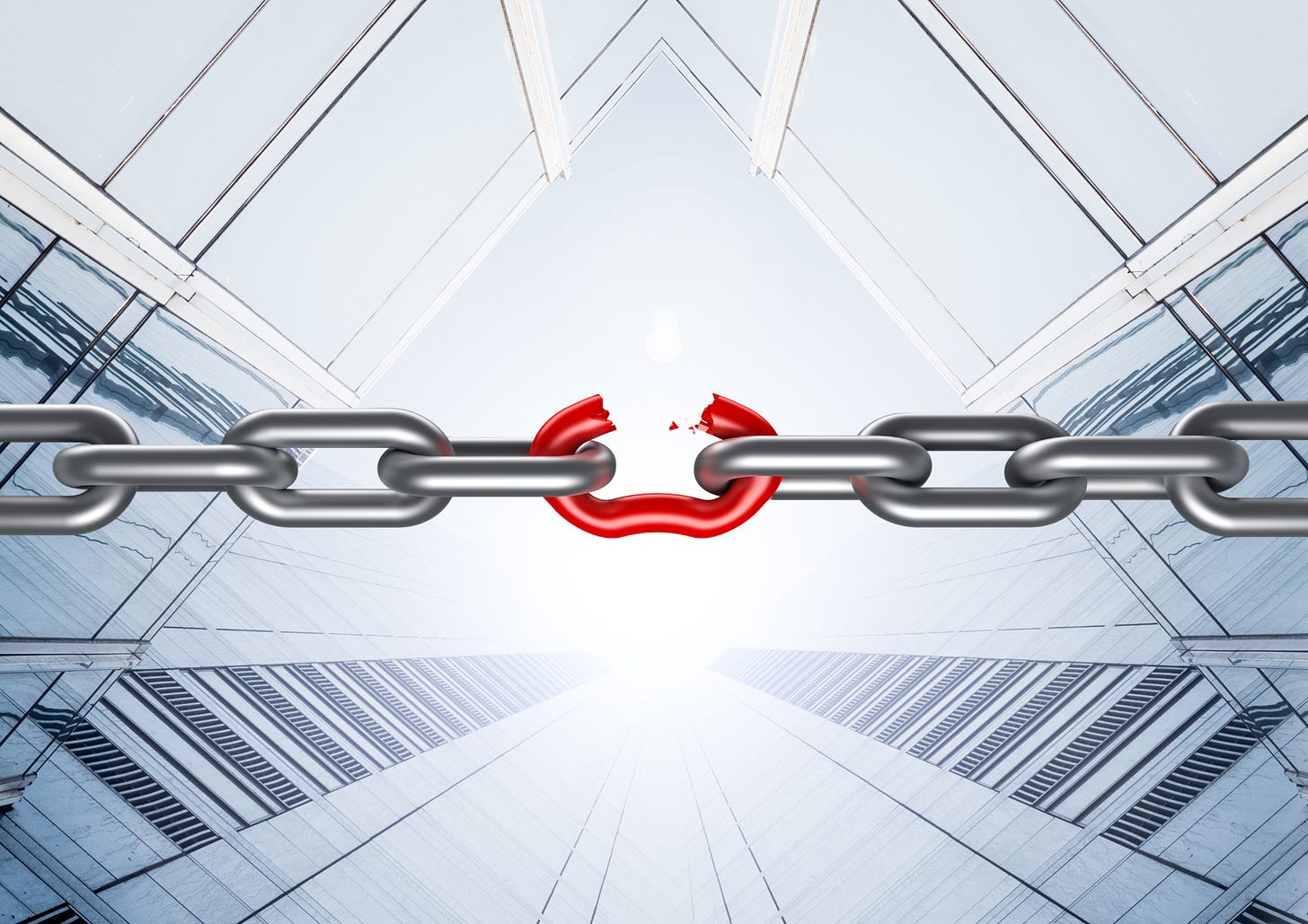What if Business Strength is Actually Its Weakness?
How to escape the Innovator's Dilemma in a world of systems and disruption
What if the very strategies that make a company successful can ultimately lead to its decline or even downfall? This sounds counterintuitive, a paradox even, but it is the very idea argued by the Harvard professor Clayton Christensen, in his book The Innovator’s Dilemma: When New Technologies Cause Great Firms to Fail.
Christensen had shown that industry leaders often fail not because they’re badly managed, but because they’re too well managed. They listen closely to their best customers, double down on profitable products, and allocate resources efficiently, all of which seem perfectly rational. But when disruptive innovations emerge, which are often cheaper, simpler, or more accessible, incumbents overlook them because they initially serve the smaller or less profitable markets.
But by the time these new technologies mature and capture mainstream demand, the established players are structurally and culturally locked into the old paradigm and become unable to compete or adapt effectively. It’s a phenomenon often found in the political world, where even the greatest armies can be defeated because they are best prepared for the last war rather than the current one.
A Systems Lens
Let’s look at this through a systems lens. The Innovator’s Dilemma isn’t just a business story; it’s really a story about how systems evolve, get stuck, and eventually get disrupted. Think of it as a story about feedback loops, momentum, and adaptive capacity. When things are going well, success tends to feed on itself. Then, wins lead to more investment, which in turn leads to more wins. That reinforcing loop builds power, scale, and efficiency. But there is a weakness because it also creates rigidity. This is because, over time, new forces such as emerging technologies or shifting social expectations start pushing back. The market pressure from electric vehicles is a prominent example of this balancing loop. Those are the type of balancing loops that nudge the system toward transformation.
But you can also see this same pattern in today’s world more broadly. Mature capitalist economies in Europe and America have optimised for efficiency and scale, but that very optimisation also makes them less flexible. As globalisation, automation, and financialisation have reshaped the landscape, old policy levers have started to lose their power.
Emerging economies, especially China, are increasingly the disruptive innovators who have learned to exploit these rigidities. They move faster, experiment more, and often adapt industrial and financial systems in ways that challenge the Western model from the outside, forcing it to evolve. In other words, they act as external disruptors in a global system that has grown too comfortable with its own success formula. The emergence of the nimble Deepseek AI in comparison to its much more heavily invested Western competitors is a recent example of this phenomenon. However, as emerging economies such as China mature and establish their own dominant players, they too will inevitably face the same dilemma.
Governments and political parties are often caught in a similar trap in their communications. Their traditional approach was designed for the broadcast era, where the centralised evening news primarily set the scene, but now often struggles to adapt to a digital world where information, influence, and legitimacy now flow through decentralised networks.
Meanwhile, in the financial and energy industries, the incumbents are living this dilemma in real time as central banks face fintech and digital currencies, and energy giants are caught between legacy assets and clean-tech transitions.
The real issue here is timing. By the time the feedback signals become clear, many systems are already deep into change, and small adjustments prove to be just not enough. From a systems perspective, disruption is not something that is random, that happens by chance; it’s really the natural correction that happens when a system has become over-optimised towards stability at the expense of adaptability.
Why It Matters
The key lesson for us here is to understand that, in the decisions that we make, the real risk lies in continuing to use yesterday’s success logic.
If our business models, products, or even career strategies are built entirely around stability, efficiency, or control, we may be just setting ourselves up for future disruption. That means the smarter move is to also build adaptive capacity so that we see disruption not as a threat but as a signal.
Here’s what that could look like in practice:
Challenge the success formula: This means what worked before may not work next. The habits that created stability could easily become our blind spots.
Create space for experimentation: Christensen argues that nurturing disruptive innovation often requires a separate structure, that is to say, a protected space with different rules and incentives.
Invest in learning loops and sensing systems: We could build feedback mechanisms that help spot weak signals early, both inside the organisation and more broadly in the wider environment.
Ask better questions:
We could ask ourselves, do we have an independent, dedicated team exploring disruptive models?
What are the “cheaper, simpler” alternatives to our product or strategy that we’re ignoring right now, and how could they one day disrupt us?
But the logic of the Innovator’s Dilemma should not be confined just to boardrooms. The wider environment could also benefit from the same mindset. Societies that can’t rewire their feedback loops, such as through reformed education policy, innovation policy, or civic renewal, also risk being overtaken by those elsewhere who can.



